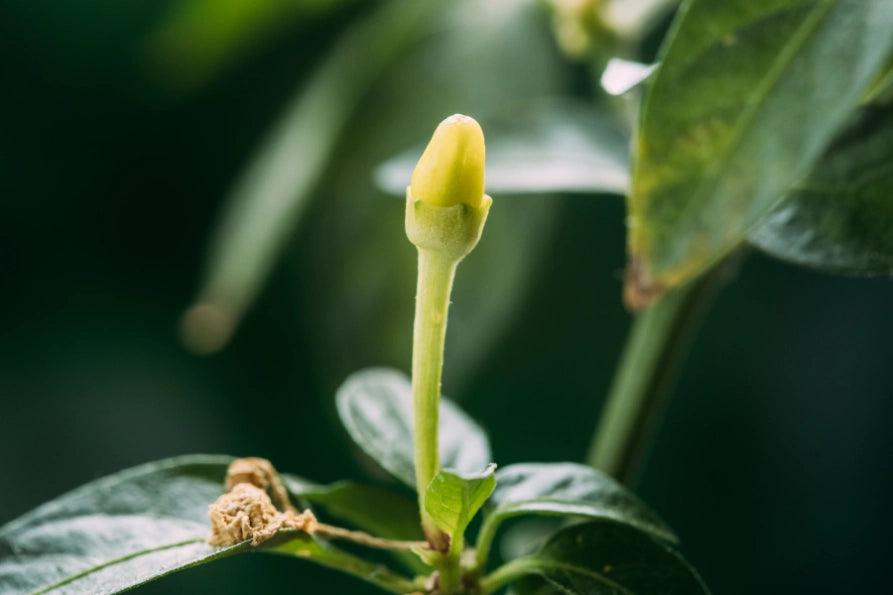
Early Signs of Male Plant: Identifying Male Cannabis Plants Early
Understanding the Significance of Identifying Male Plants Early
In the world of plant cultivation, particularly for those cultivating cannabis, the ability to identify the sex of a plant early in its growth cycle is a crucial skill. Unlike many other plants, cannabis is dioecious, meaning it produces male and female plants separately. This distinction is critically important for growers focused on producing high-quality cannabis flowers or buds, which are predominantly harvested from female plants. Male plants, on the other hand, are primarily responsible for pollination, leading to seeded flowers if both male and female plants are allowed to grow together. For many growers, especially those in the cannabis industry, seeded flowers mean lower quality and less marketable end products. Thus, early identification of male plants allows growers to segregate or remove them, ensuring a crop of seedless, high-quality cannabis.

The First Signs: Understanding Pre-Flowers
One of the earliest and most reliable indicators of a cannabis plant's sex are the pre-flowers, which can begin to appear roughly 3-6 weeks into the plant's growth cycle. These tiny structures, which emerge at the nodes (the points where the branches extend from the stem), are the precursors to the reproductive organs of the cannabis plant.
Male pre-flowers are typically small, round, and can often be mistaken for new growth at a glance. However, upon closer inspection, one can observe that these pre-flowers will develop into the pollen sacs necessary for the fertilization of female plants. Distinguishing these from female pre-flowers, which appear more elongated and may show early signs of pistils (hair-like structures), is crucial for early sex identification.
Spotting the Growth Patterns
Beyond the pre-flowers, certain growth patterns may also hint at the plant's sex before the pre-flowers fully develop. Generally, male cannabis plants grow taller and faster than their female counterparts in the early stages. This rapid growth allows the males to tower over the females, facilitating the process of pollen release and dispersal onto the female pistils from above.
Additionally, male plants may exhibit a sparser leaf pattern compared to the dense foliage typically seen in female plants. This characteristic, while less reliable than the identification of pre-flowers, can provide an early hint towards the plant’s sex, guiding growers in their early assessments.
The Importance of Vigilance and Timing
The key to successfully identifying male cannabis plants lies in vigilance and timing. Growers should begin regular inspections of their plants after the first few weeks of growth, paying close attention to the nodes for the appearance of pre-flowers. Early identification and removal of male plants are critical to prevent unintentional pollination. Once a male plant releases its pollen, the chances of it reaching female plants are high, given the potency and mobility of cannabis pollen.
However, it’s also important to approach this process with caution. Early removal of plants suspected to be male without definitive identification can inadvertently lead to the disposal of female plants. Therefore, growers must balance their need for early identification with the accuracy of their observations, often waiting until they are certain of the plant's sex before making a decision.
Advanced Techniques for Identification
For those seeking more definitive methods of sex identification, modern techniques and technologies offer solutions. Genetic testing, for instance, can determine the sex of a cannabis plant weeks before any physical signs emerge. While this method requires more resources and access to specific technology, it provides a fail-safe way for growers to identify the sex of their plants early in the growth cycle, ensuring that their cultivation efforts are not wasted on unwanted male plants.
Conclusion
The ability to identify the early signs of male cannabis plants is a valuable skill for any grower looking to produce high-quality, seedless cannabis flowers. Through careful observation of pre-flowers, attention to growth patterns, and the application of advanced identification techniques, growers can effectively manage their crops, optimize their yields, and achieve their cultivation goals. As the cannabis industry continues to grow and evolve, the skills and knowledge required to successfully cultivate these plants become increasingly important, highlighting the need for continuous learning and adaptation among growers.
